What Is Anti-Fog Solution?
Antifog agents and treatments produce an antifog solution. Antifog components are the chemicals. It prevents water’s condensation in the form of those tiny droplets on the surface of any object or lense. Condensed small droplets resemble fog. Antifog solutions avoid droplets of moisture drops on the lens surface. Antifog solutions have various domestic and industrial purposes for preventing condensation of water. NASA first introduced these treatments to focus on Project Gemini to use it on helmet visors. Those helmet visors fogged during the spacewalk by NASA. NASA decided to find a solution for this and discovered an Antifog solution. According to NASA, its principal reduces the effects of surface tension. Antifog solution produces a non-scattering film of water instead of condensation of water. You can also keep in mind that these antifog solutions alter the wetting degree of moisture. Antifog solution works by reducing the surface tension. It results in a non-scattering film of water rather than tiny moisture droplets on any object’s surface. Antifog manufacturers use Isopropanol, rubbing alcohol in the manufacturing process of Antifog solutions. Rubbing alcohol and Isopropanol make the antifog solution more effective to work. All you have to do is apply the antifog solution to the desired object’s lens surface and leave it for few minutes. After that, you to clean it with a cloth. It is all about selecting the components of the antifog solution more carefully. When you choose proper and practical elements for your antifog solution, it works more efficiently. Hydrophilic and Hydrophobic are the most common antifog agents. Hydrophilic quickly increases the surface tension energy, which makes the antifog solution more efficient and effective. There are various hydrophilic agents. These are nanoparticles, hydrogels, collides, and polymers.On the other hand, hydrophobic works by reducing the surface tension of water. Both of these agents work by increasing or decreasing the surface tension of water. This process results in lowering the condensation of water drops on the lens’s surface. As a result, it produces a non-scattering film of water on the object’s surface. Antifogging solutions can reduce the fog effects on the surface of any object for a more extended period. Antifog agents possess a lot of benefits. You should adequately apply the antifog solutions over the surface of a lens. It will help you to get much better results. Here are a few of the benefits of antifog agents.
1. Simple and Easy to Maintain
2. Transfer efficiency
3. Adaptability, you can also use antifog agents for anti-static and anti-abrasion coatings.
4. Versatility, you can use antifog agents for large parts and those objects that cannot be dipped into solutions for cleaning purposes.
5. You can achieve a better quality of the object’s surface through antifog Solution.
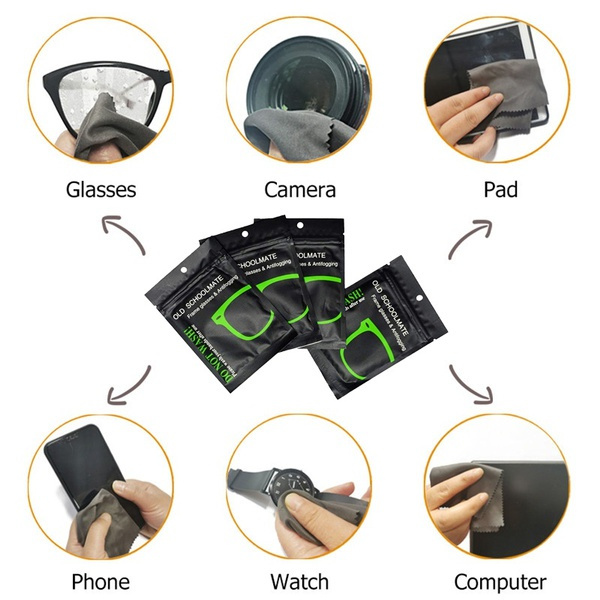
Different AntiFog Products
Antifog solution is not limited to only one form of water; instead, it exists in different forms. Spray solutions, Films, cars and gels, coatings are examples of antifog solutions. Such solutions are usually available in the first three forms. Different complex manufacturing processes use antifog solutions as a primary component. Careful selection of appropriate agents is necessary for the formation of an antifog solution. It makes antifog solutions unique. Plastic products also use antifog solutions for various purposes. Antifog solutions have multiple uses—their numerous benefits depending upon their applications. These solutions have multiple compositions. A demister is a substance used for underwater purposes. It helps transparent surfaces to stop them from becoming fogged with mist deposits. Scuba divers, as well as Underwater Hockey players, use antifog solutions.
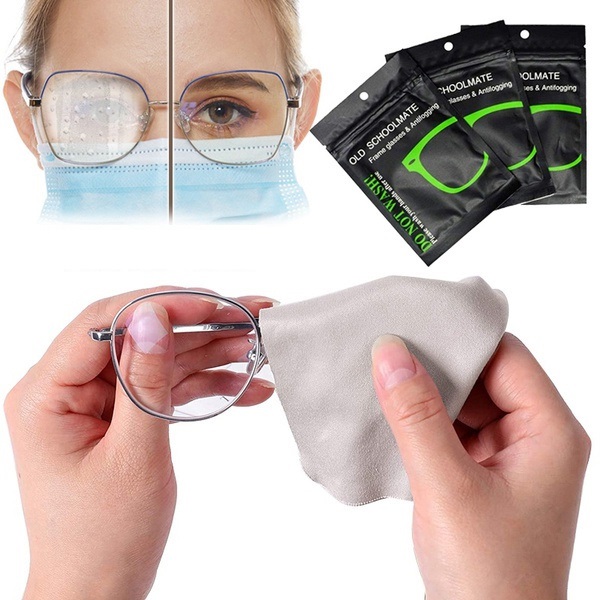
Introduction Of Anti-Fog Spray
Antifog sprays are antifog solutions available in the form of sprays. In an Antifog spray, a dynamic collection of the antifog solution drops dispersed in a gas. The process of forming antifog spray is atomization. Antifog solution in a container in liquid, then a spray nozzle converts that liquid form to a spray form. Antifog spray helps to distribute the antifog solution over any cross-section area. Experts recommend antifog sprays to cut surface tension on the object. Antifog spray is the most convenient option which experts use. Experts use this method for reducing surface tension. It is exciting to know that nearly 63% of the world’s experts recommend antifog solutions in spray form. It is because of more effectiveness of the antifog solution in spray form. The most important thing to notice is that efficiency and creativity depend upon the manufacturer of the product. If you buy from a good manufacturer, you will get a good quality of the product. The point is that you should go for antifog spray products as these are more reliable and effective to use for various purposes. Antifog spray solutions are dedicated to using because you can apply them anywhere on the product. It is much more manageable than any other form of antifog solution. Antifog spray spreads evenly on the object’s surface. Thus it reduces the wastage of products while using it. You can quickly get the desired antifog performance using it. While buying an antifog spray, you should keep few things in mind.
- You should buy the product from a good manufacturer.
- You should clean the surface before using the antifog spray.
- You should apply the product in a way that it distributes evenly on the surface.
- It would be best if you allow it to dry and then clean it with a cloth’s help.
The truth is, you can use antifog spray for any application. It is so reliable to use as compared to any other antifog product. You should be following proper instructions while using it. It will give you a better performance of the spray.
Material and Composition Of The Anti-Fog Spray
Various substances make the antifog Solution. The two most important products are isopropanol and rubbing alcohol. They help in the making process of an effective antifog solution. Few other products that can help make antifog Solutions are surfactants, hydrophilic substances, colloids, and nanoparticles. Surfactants work by the principle of reducing the surface tension on the object’s surface. Detergents are the subcategory of surfactants. These include shampoo, shaving cream, or soaps. You can apply them to the object’s surface, and then you can wipe it off without rinsing it. It will help you to lower the condensation of water droplets on the surface. On the other hand, hydrophilic substances work to maximize the surface tension on the object’s surface. Hydrogels and polymers are the subcategories of Hydrophilic substances. Beeswax and Gelatin are further subcategories that can help in the making process of antifog Solutions. Titanium collide also allows you to make an effective antifog spray Solution as it is a subcategory of colloids and nanoparticles. Moreover, it can convert its properties to a highly effective Hydrophilic substance. Antifog spray works so that it becomes pressurized fluid that becomes atomized when applied over the surface of the object. Some antifog sprays use even a 0% amount of alcohol in their making process, but still, these are effective because they contain few other products. Those products can be polyethene glycol polyoxyethylene sorbitan are. Those products help make an effective antifog spray Solution. Now you can easily conclude which agents you should use to form an antifog Solution for spraying purposes. The material and composition of antifog spray also depend upon the usage of antifog spray. You can not use the same components if you are using the antifog spray for different purposes. The material used in the antifog spray production should be bought from an excellent manufacturer to give you a good performance.
Anti-Fog Spray Production Process
The Antifog spray production process is not that much complicated. You can not follow the same process if you are Making an antifog spray. When you want to use it for different purposes, you should follow other methods. For example, If you are using the antifog solution for cars, you can not use the same antifog solution for lenses. Here you will know about the production process of antifog spray Solutions that are more suitable for lenses. This antifog spray is also usable for cleaning the lenses. All you need is a proper formula that you will be mixing in a tank. You will need raw materials for the production of antifog spray Solution. It would help if you had a spray bottle. Now mix ⅓ cup of distilled water to a ⅔cup of white vinegar. Now you have to shake the bottle so that that the ingredients mix properly. After shaking it, you can see that your antifog solution is ready. Now you can apply it over the desired surface. Once you use it to the surface, you can leave it to dry for few seconds. After it is dried, you can now wipe it off with the help of a microfiber cloth. You can reapply it again and again according to your desired amount. No matter what ingredients you use in your antifog spray solution, it works on the same principle. It works by maximizing or minimizing the surface tension, making it capable of forming a non-scattering film of water on the object’s surface.
The Production Standards Of Anti-fog Sprays And The Certification Standards Of Various Countries.
There are few standards in the production of an Antifog spray. There are also certification standards of various countries that allow any company’s products to sell in the market. If any company or organization of antifog spray follows those rules and standards, their products will have high demand in the market. Their products will have more recommendations, and more effective results will produce more progress. If any company is not following those standards or certifications, its products will not be approved. Hence, following all those standards is a must during the production of antifog sprays. Antifog Spray Solutions must meet few Requirements before using any Application. Various regulatory authorities decide such measures. This information about standards is usually available in the datasheet of the Product. Here, the manufacturer must include the chemical and physical properties of the Product. It should also have tests method and test results after the recommended test method. Datasheet of the Product actually have test results for thermal, optical, and mechanical properties of an Antifog Spray Solution. Mainly, the standards and certification of antifog spray Solutions vary from country to country.
EN168 is the most recommended standard for antifog spray Solution in Europe for eye protection equipment. Any antifog spray Solution should meet the EN standards. Otherwise, it will not get using permission. It depends upon the environment in which you will be using your antifog spray Solution. For example, You live in an environment where there is a high quantity of fog and ultraviolet radiation. It would help if you were using the eye protection equipment that should meet the minimum standards of EN 168 and EN 170. All the tests were conducted under the standards of EN 168 to verify the quality of antifog spray solutions. This method is non-optical, but the manufacturer can also use Various other plans for this purpose. Manufacturers can also use ways that are working under EN 167 and EN 165. There is another certification method for the purity of a variety of Products. This method is ANSI Z87. Whenever any product is ANSI Z87 Certified, it is considered suitable for use.
Introduction Of Anti-Fog Mirror Cloth
When you use an antifog spray solution over any surface of lens, you leave it for few seconds. Then, you have to wipe it off with the help of a cloth. The cloth that you use for wiping off the antifog spray Solution from the lens’s surface is antifog. On the other side, if you are using this cloth to remove the mirrors, it is known as an antifog mirror cloth. Nano microfibers allow you to make a better antifog mirror cloth. Antifog mirror cloth consists of nanoparticles. Its Quality depends upon the manufacturer of the fabric. A good manufacturer will deliver a Good Quality Product. An Antifog mirror cloth contains amazing antifog effects. When you wipe the object’s surface, it will maintain the antifog impact for at least 7-10 hours. It is exciting to know that antifog mirror clothes are capable of reusing a hundred times.
Anti-Fog Mirror Cloth Production Process
Antifog clothes have antifog agents that are present in various textiles and fibres. For example, One of the most effective agents is AF7820WB is a waterborne formulation. It helps in the formulation of antifogging agents. Their usage prevents accumulation on the surface of lenses, glasses, windows, and mirrors. You can impregnate the antifog mirror cloth with AF7820WB formulation. You can keep this cloth dry. You can also keep it wet for use. It will release the antifog additive when it dehydrates.
Comparison Of Anti-Fog Lens Cloth And Anti-Fog Spray.
There is no comparison between both of them because both have their uses. An anti-fog spray solution is present in so many forms. It is the most acceptable and recommended forms is the antifog spray form. When applied to any lens surface, you should leave it for few seconds so that it dries. After that, you will be cleaning it with the help of a soft cloth. This cloth will help you to have a clear surface of the object. So, antifog cloth already consists of antifog agents; you just need to apply it on the surface. It is pretty different from a liquid antifog solution. In the case of an antifog liquid solution, you need a separate cloth to clean the surface.
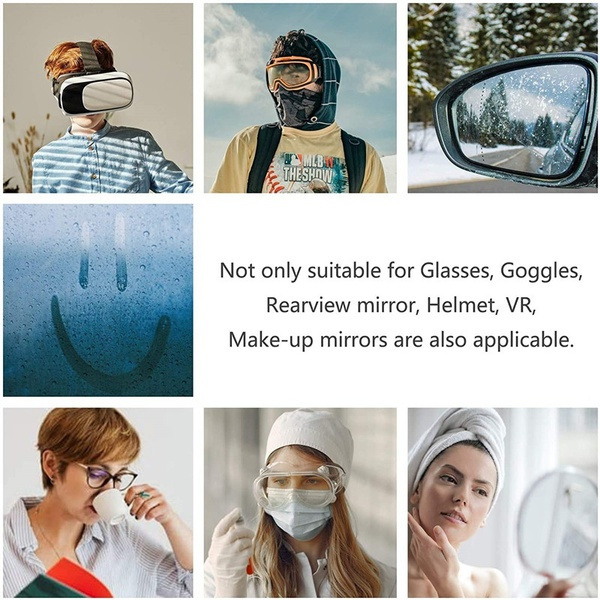
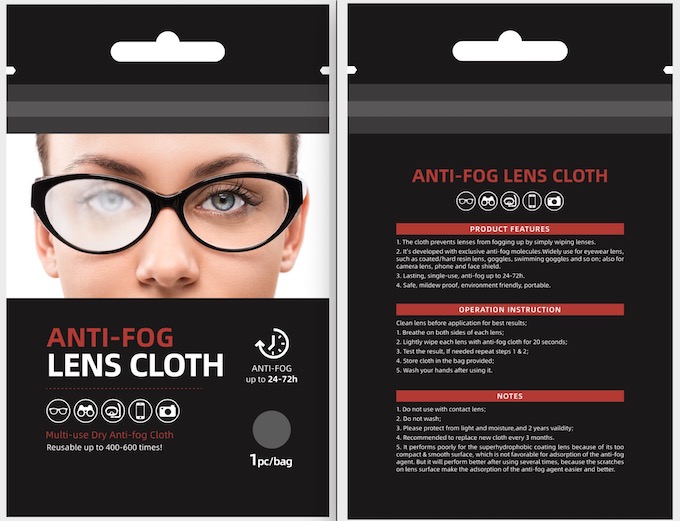



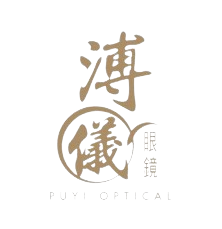
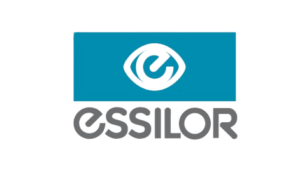
I wanted to thank you for this wonderful read!! I definitely enjoyed every bit of it. I have got you book-marked to check out new things you postÖ
Thanks for your blog, nice to read. Do not stop.